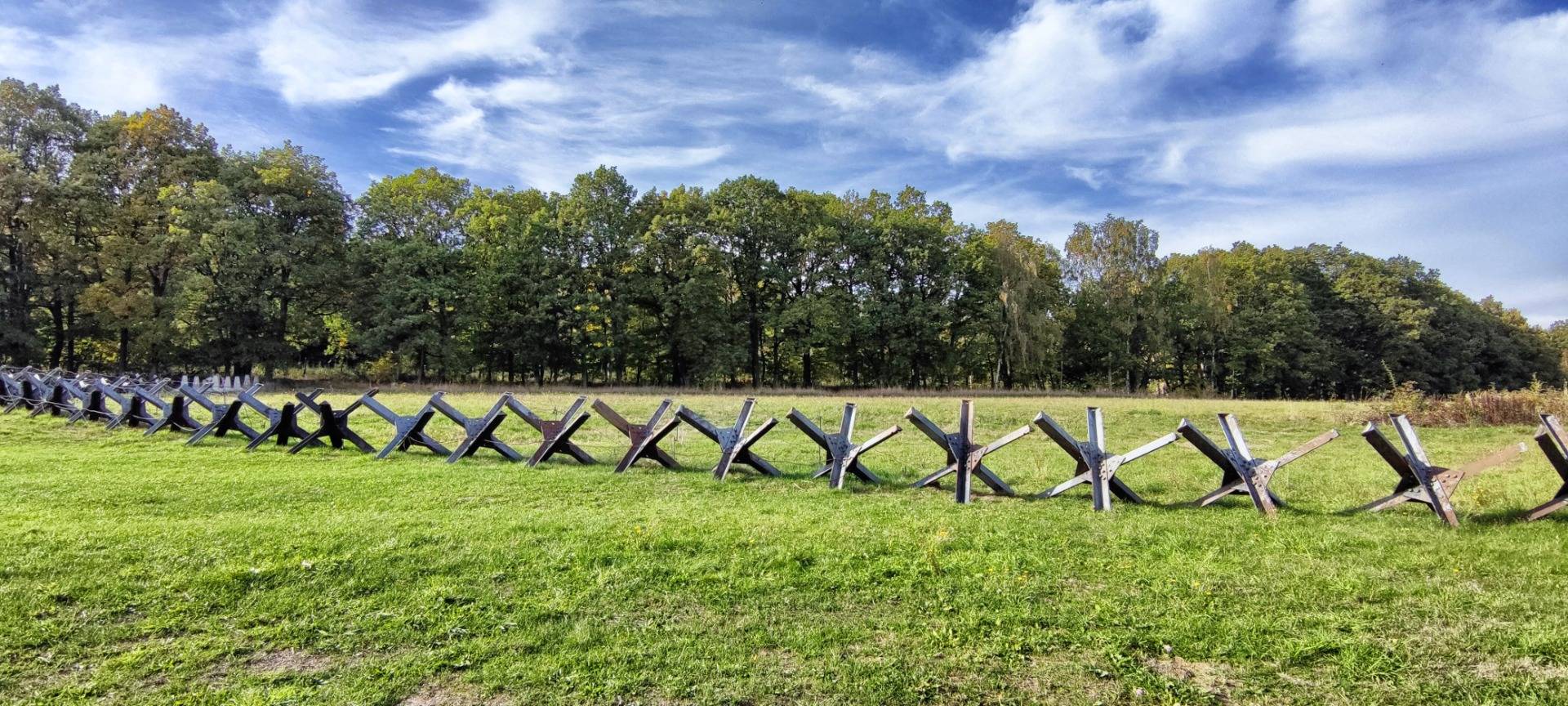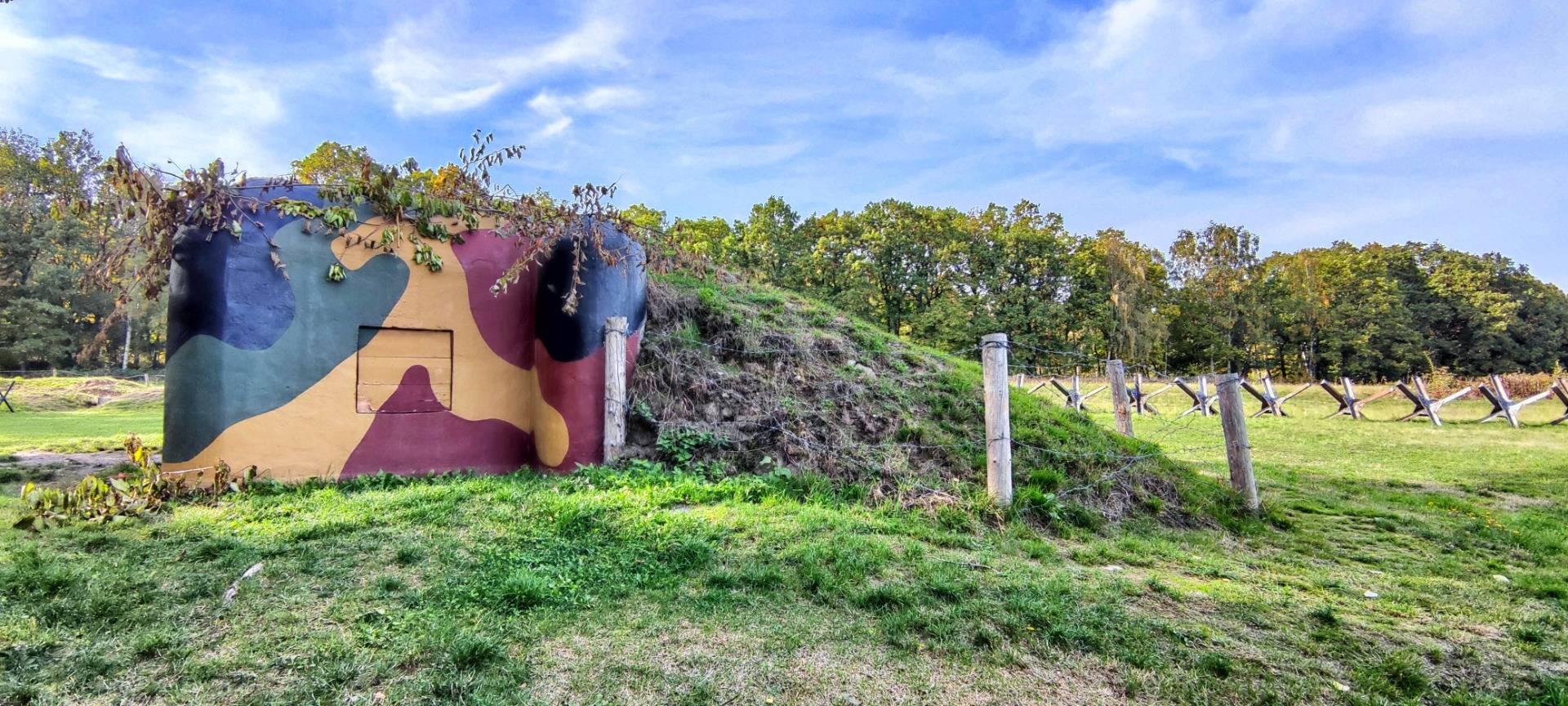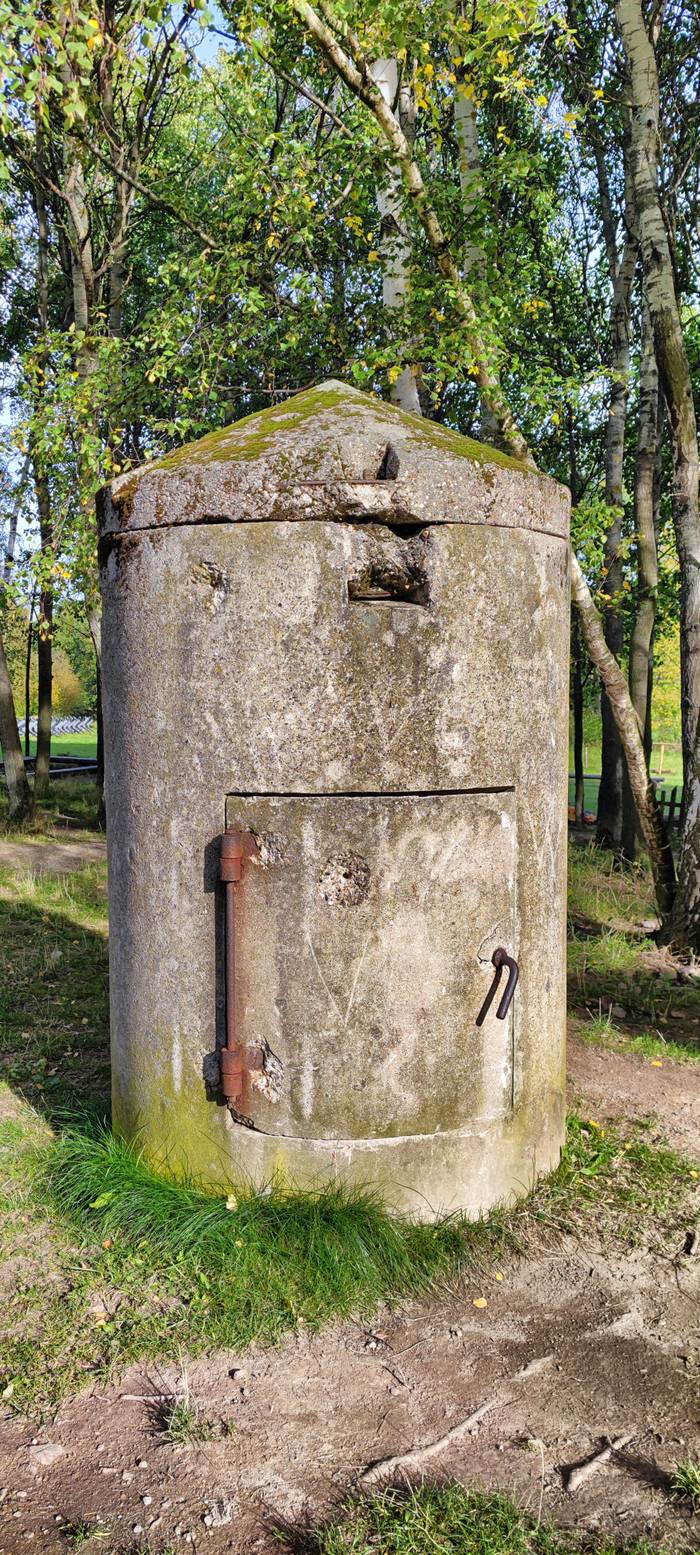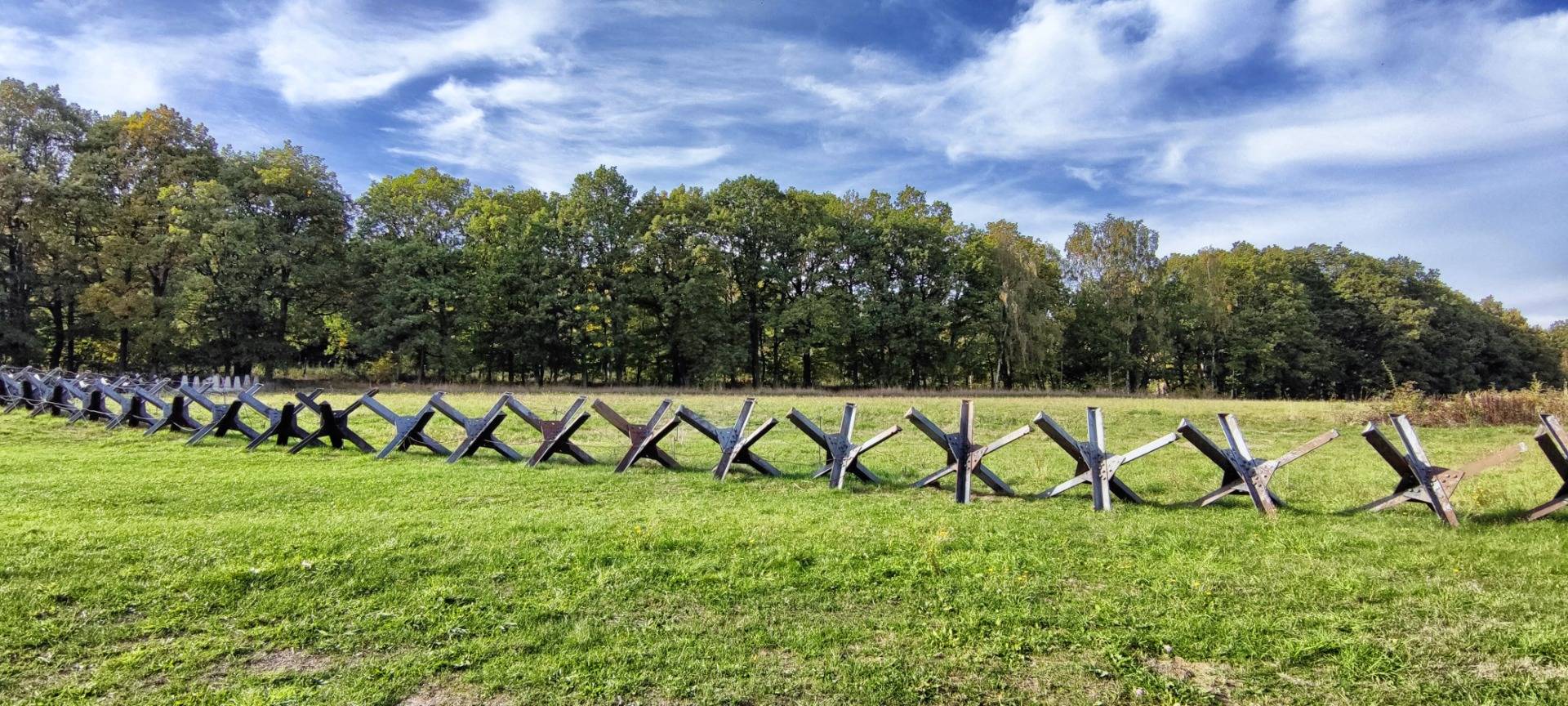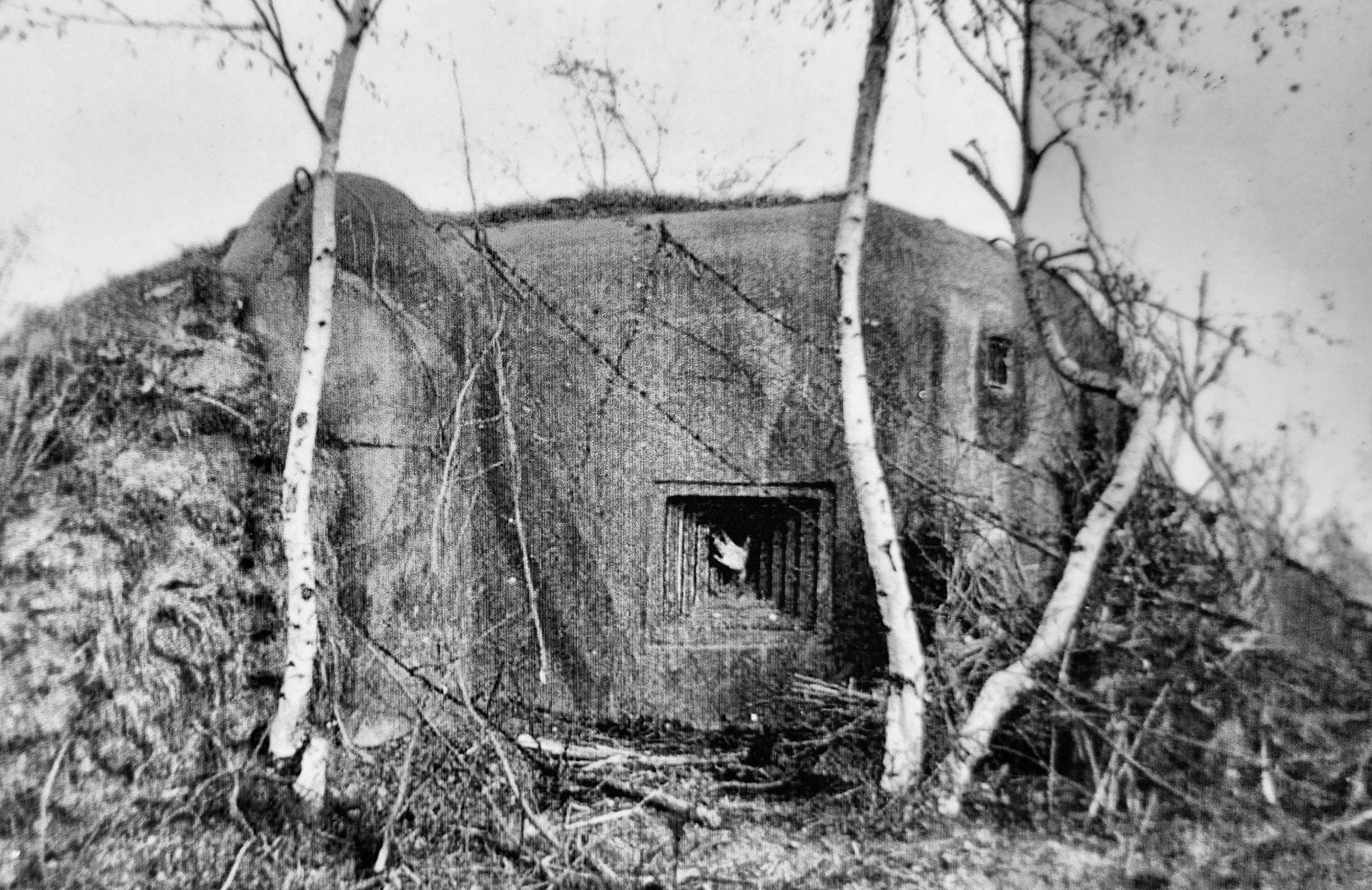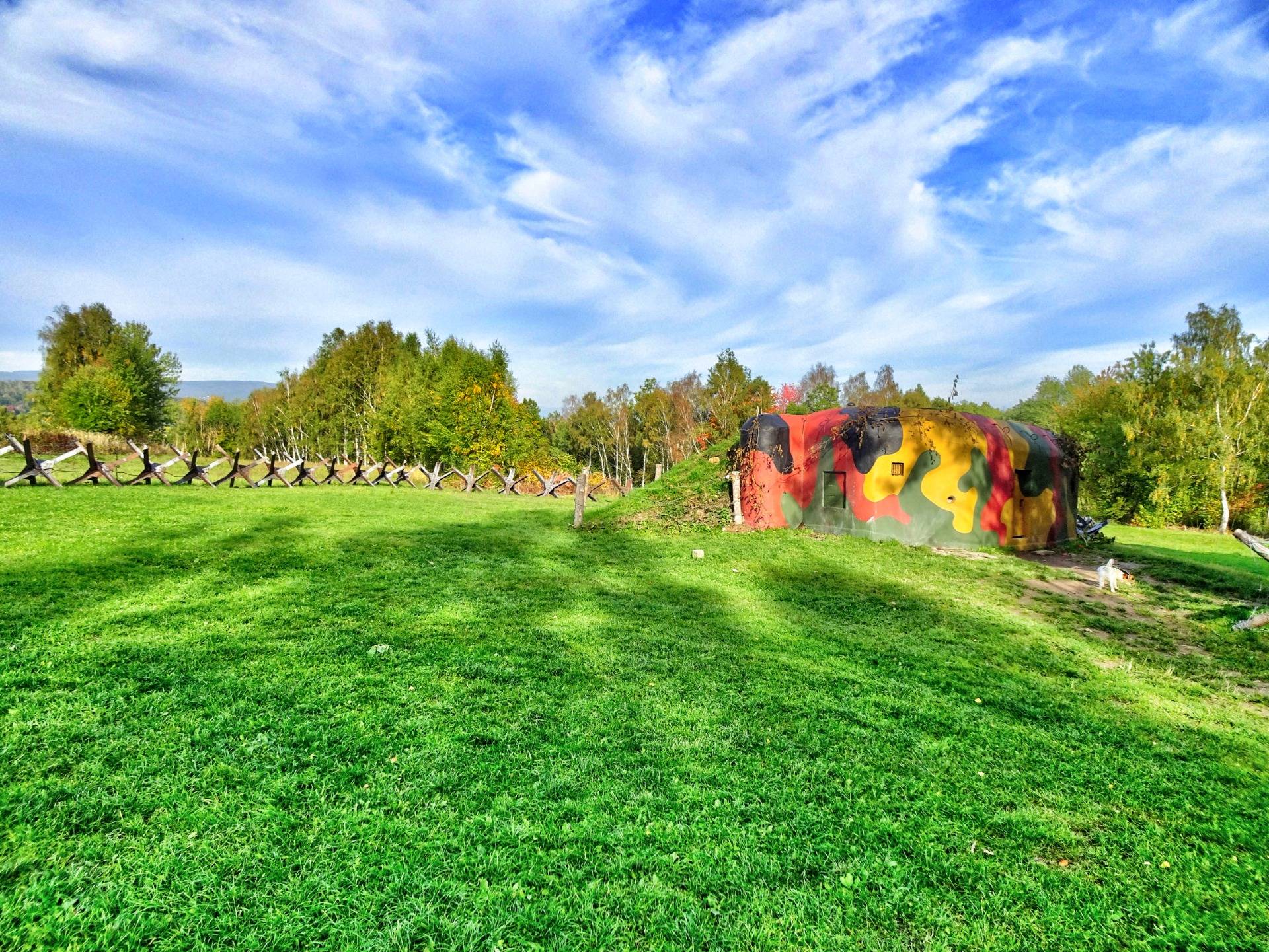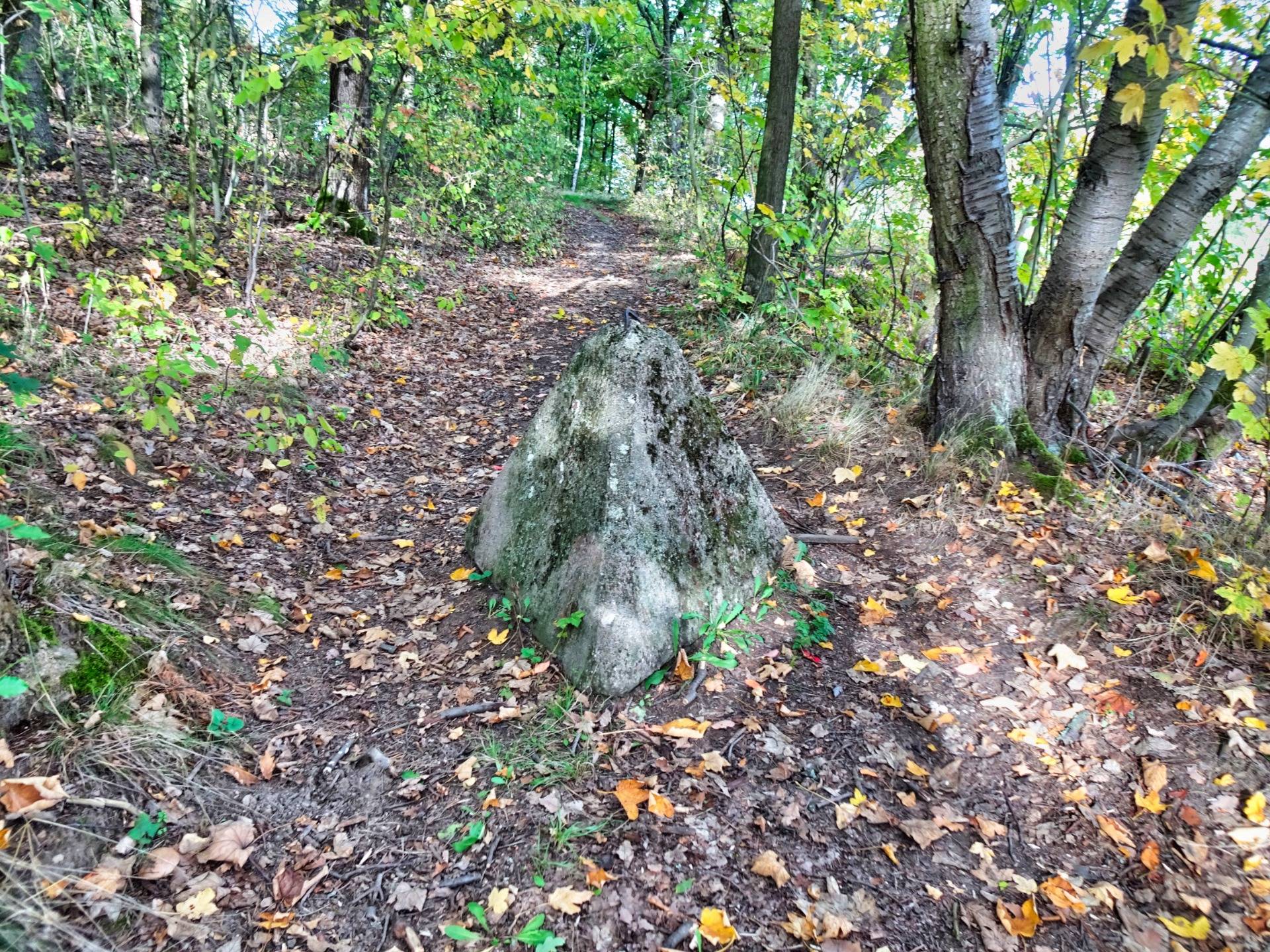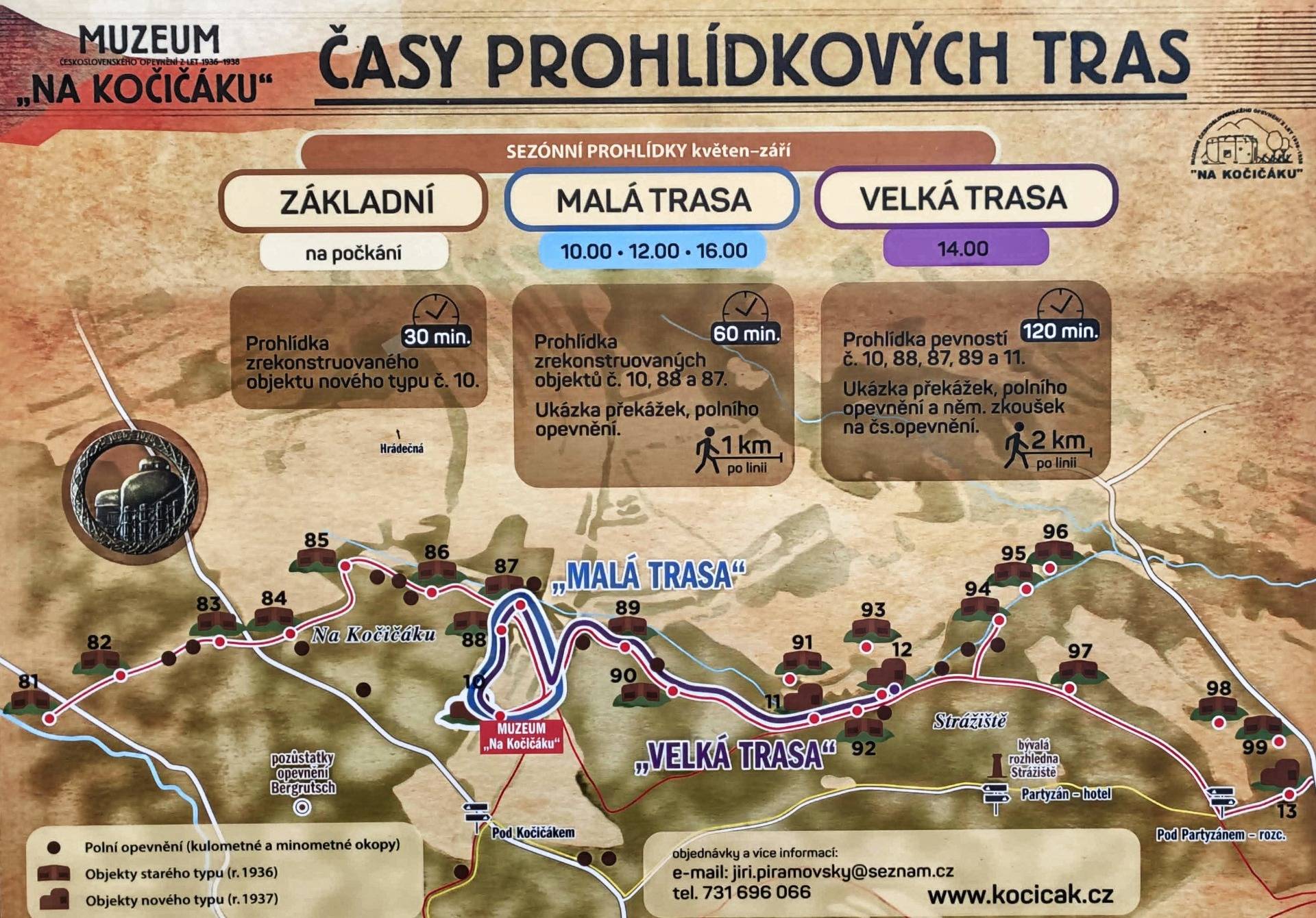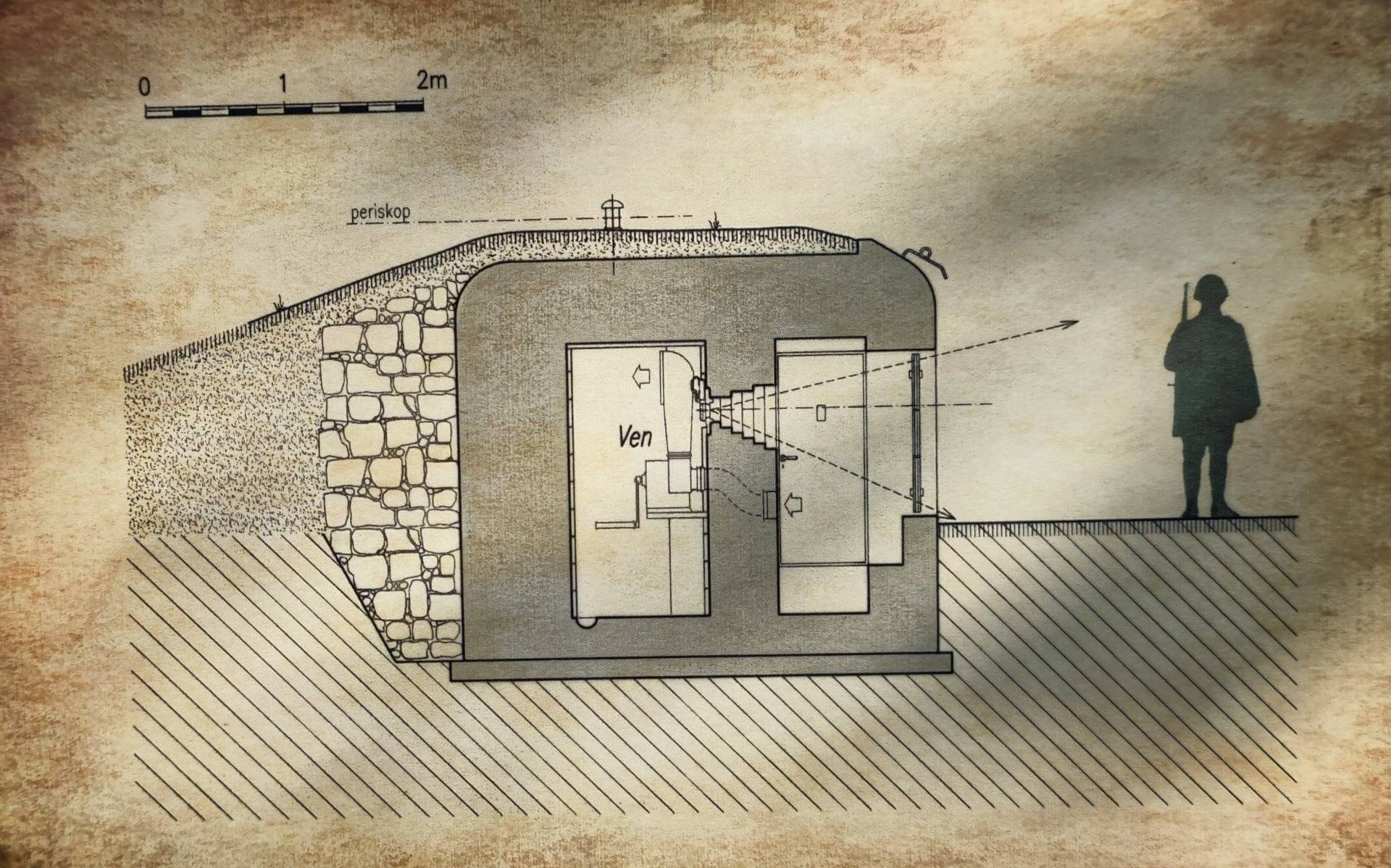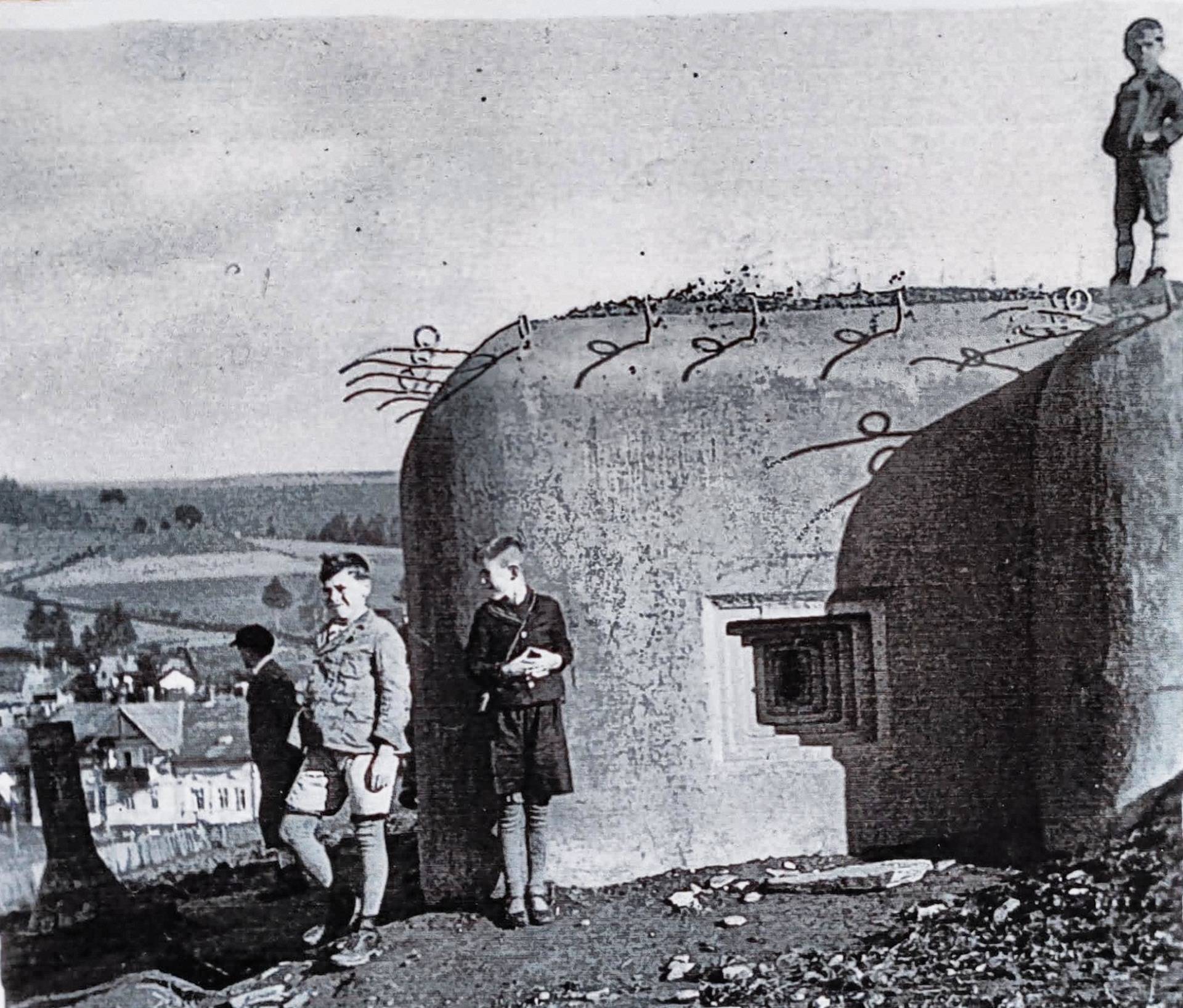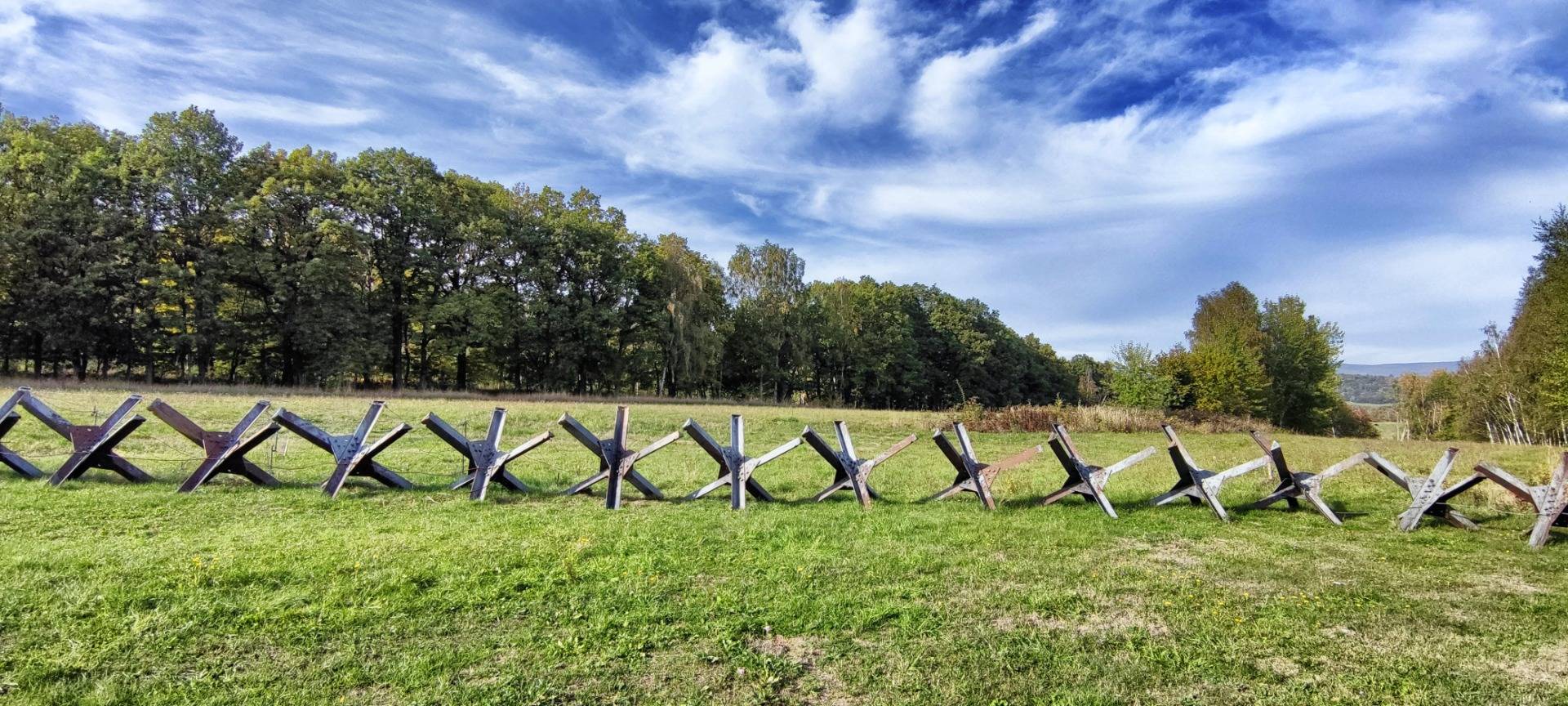After a few weeks in Poland we're entering the Czech Republic. After a visit at the giant "Projekt Riese", the last Nazi-fortress, we see lost place beauty, the Palace of Jezeri and the Silver Trail. But today it is different.
It goes up a slope, the road is wide and easy to drive on. Somewhere here it should be, somewhere here they should lie, the last remains of a fortress that was never used. She was huge, more than 90 years ago. And it was necessity and great fear that forced her builders to make it. Although money was scarce and the enemy they feared was so overwhelming.
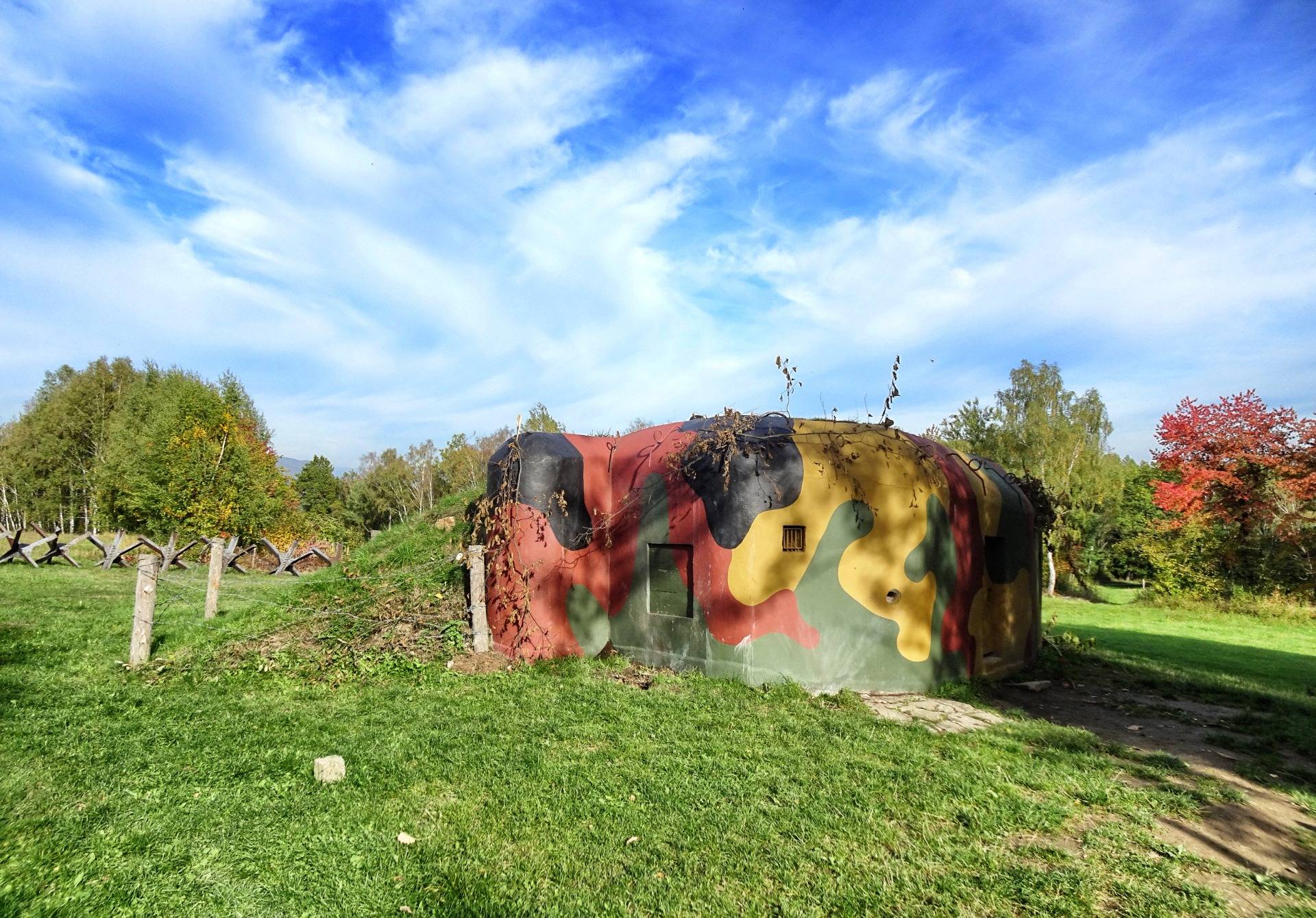
We are in the border area between the Czech Republic and Germany, but on the Czech side. Here, in the 30s, a very special institution was created: Endless structures made of concrete and steel, which were supposed to restrict or completely stop road traffic in the border area. In most cases, these were roadblocks that were either mobile or could be quickly erected as permanent obstacles. But so that the enemy from the north, whose attack was expected, could not simply drive past the road, a network of bunkers and fortifications was also built across the beautiful woods.
Enemies behind the hills
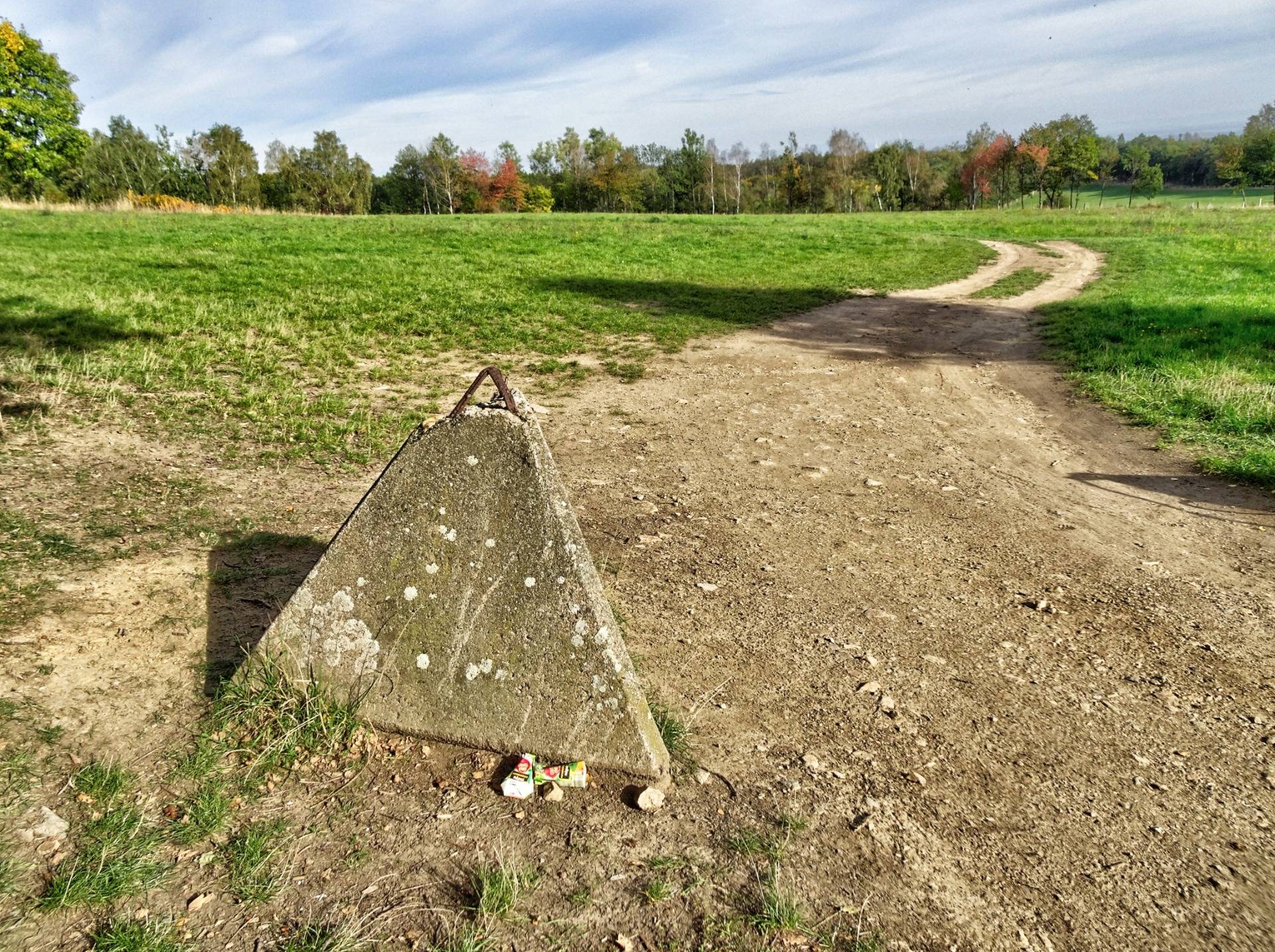
Hitler was ruling in Berlin and the Czech Republic was preparing for the defense case. The army realized that the Ore Mountains offered little protection because it was possible to attack through the valleys rather than over the peaks. It was necessary, it seemed to the military, to protect the state borders against an attack of the enemy across the state border with special constructions.
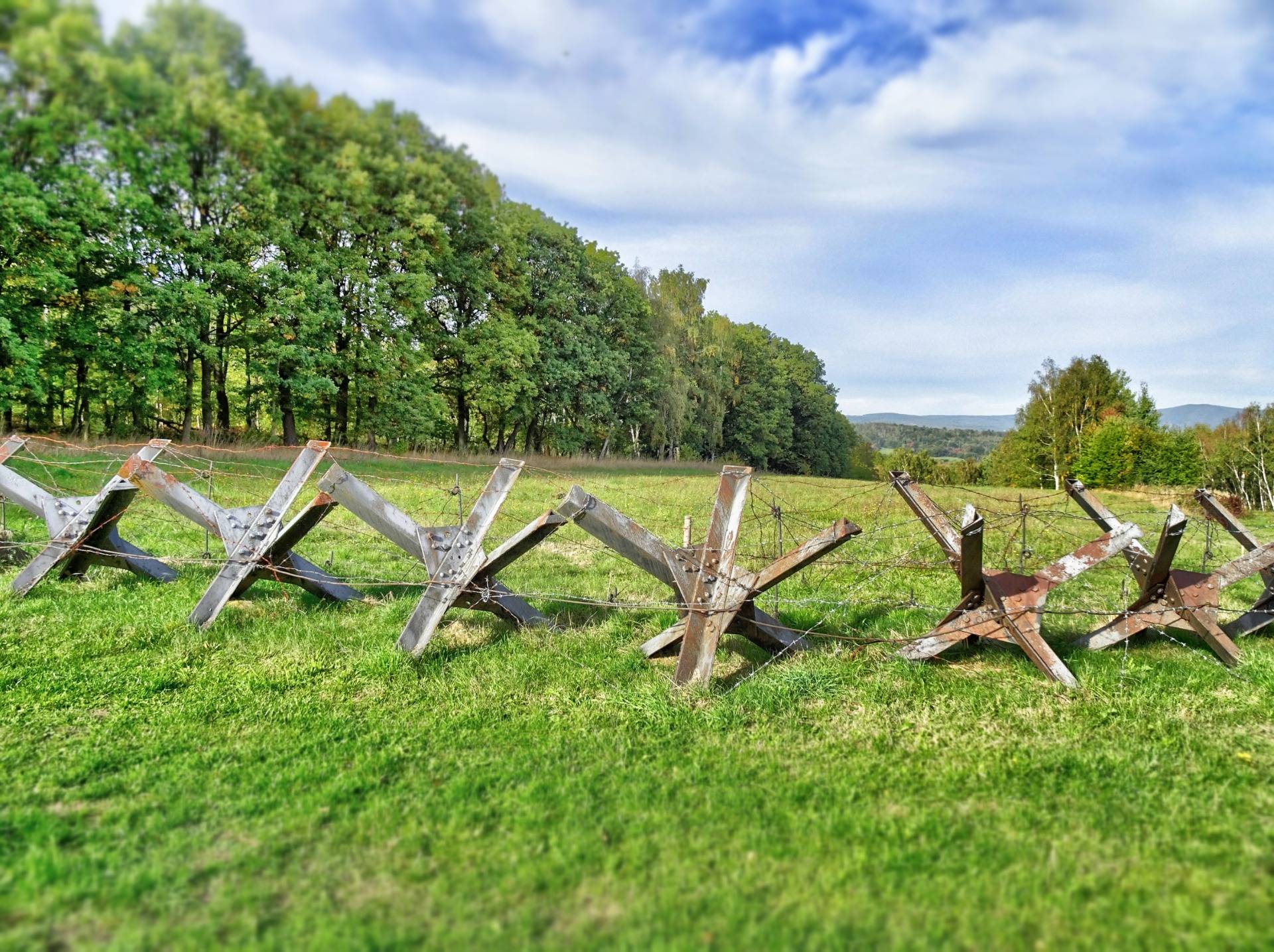
Some of them are preserved around the small museum of Chomutov till today. Most of it has been destroyed later, barriers, obstacles, rails or ditches have been erased without a trace. But at least some remains of barrier crosses, weapons, equipment and structures were saved.
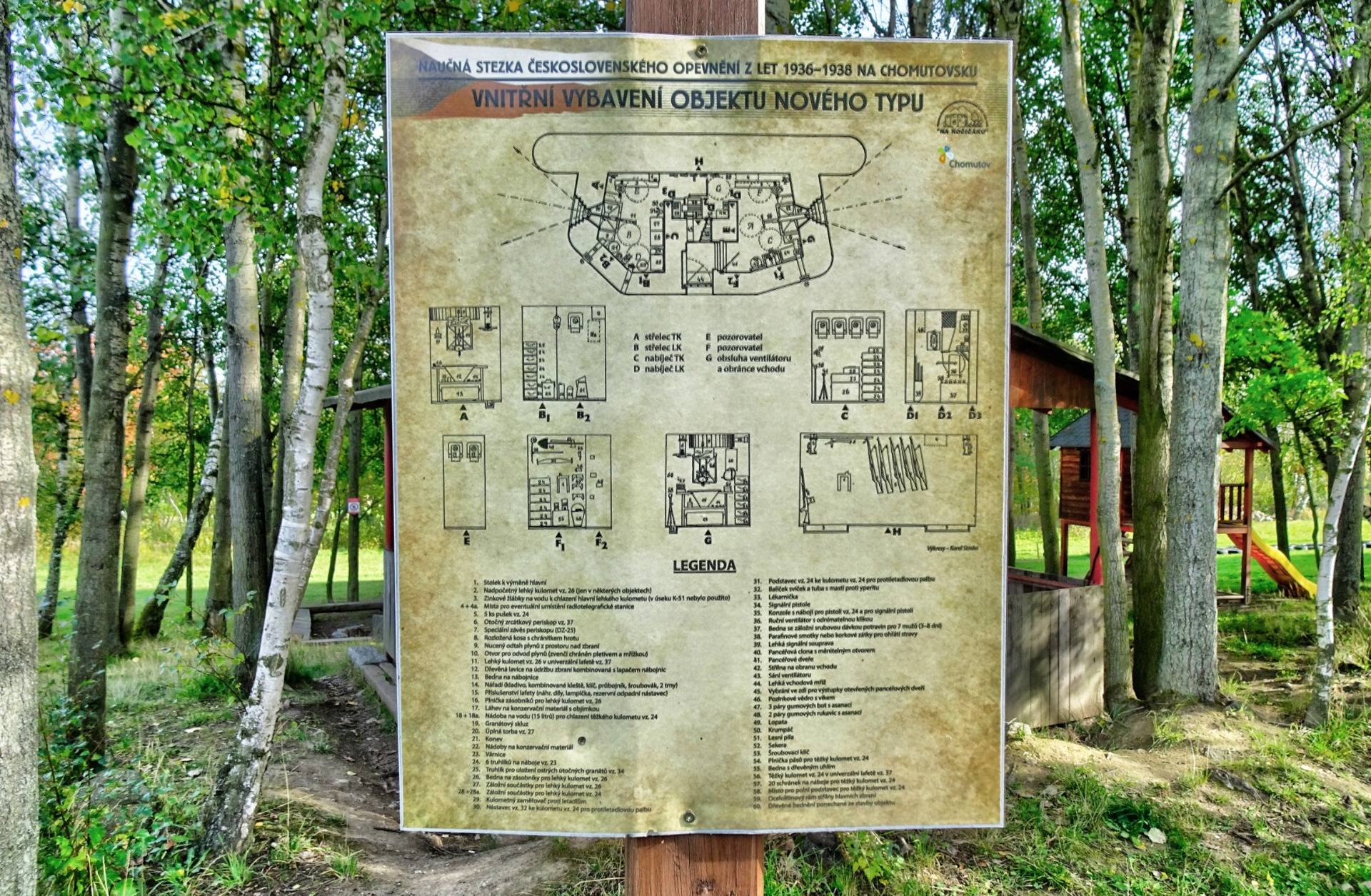
Unlike the large fortifications in Poland and France, these were mostly light fortifications. From the beginning of 1937 the construction of bunkers began, reminiscent of the houses in "The Lord of the Rings": the Czech army calculated that from these objects could be fired so fast and so much that no enemy could cross the open terrain between them. The line of bunkers was to provide several days of reliable defense against superior forces, so that defensive formations could be created behind them.

Fortified forests
As a part of the construction of the so called section LO vz.36, Chomutov was also fortified. Mans can still see the crouched buildings here today, covered with camouflage paint. They stand harmlessly in the meadows, like UFOs that have just landed. Benches and tables are set up around them, where visitors can take a seat and have the activities of that time explained to them. Even a few trenches have been dug by today's administrators to make the situation at that time more understandable.
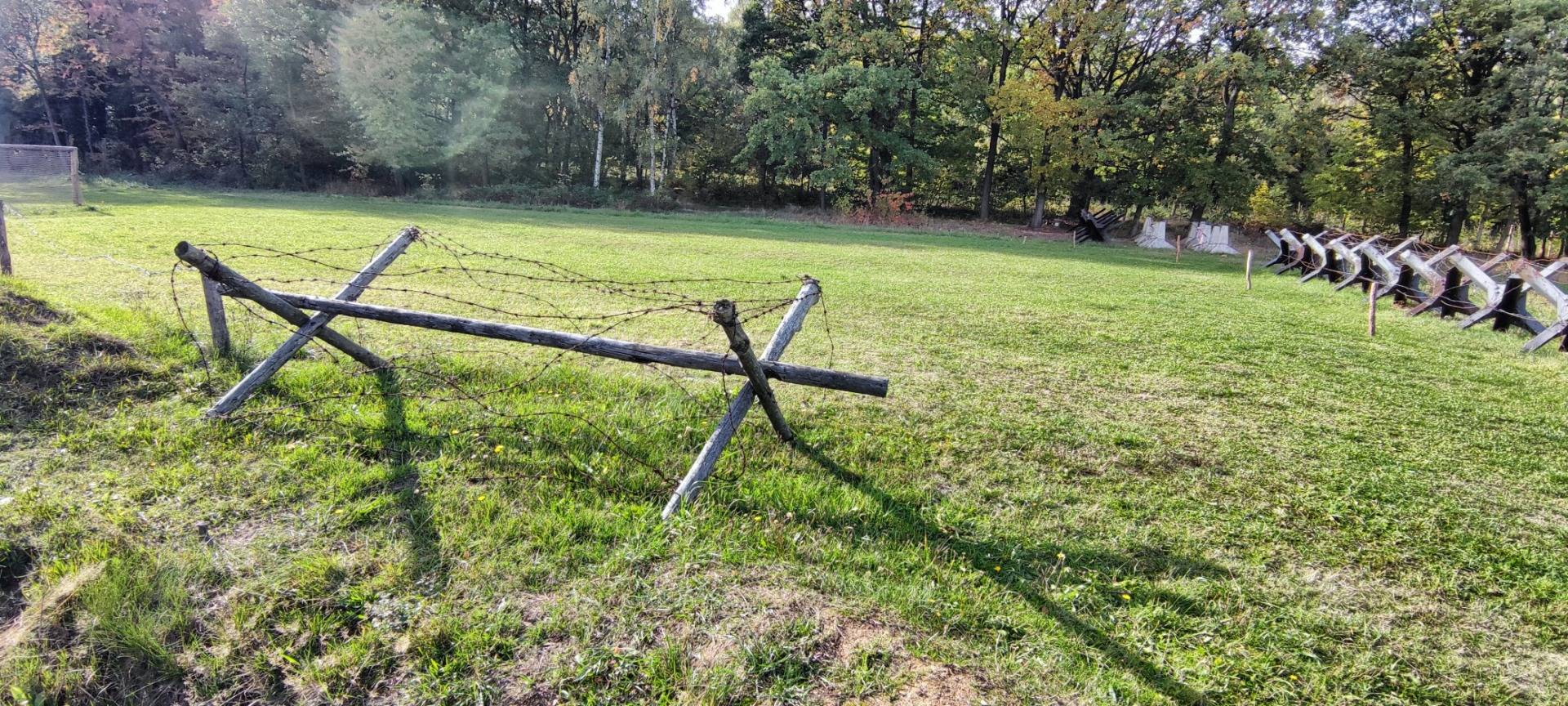
One has to imagine: They were preparing at the time to take on the largest military machine in the world. For this purpose, the site was completely taken over by the military administration. In order to be able to build quickly, they decided on a completely uniform project of a new type of bunker: there were five basic variants A, B, C, D and E, a very practical variability allowed to make out of them more than 100 different construction variants that could fit into any terrain.
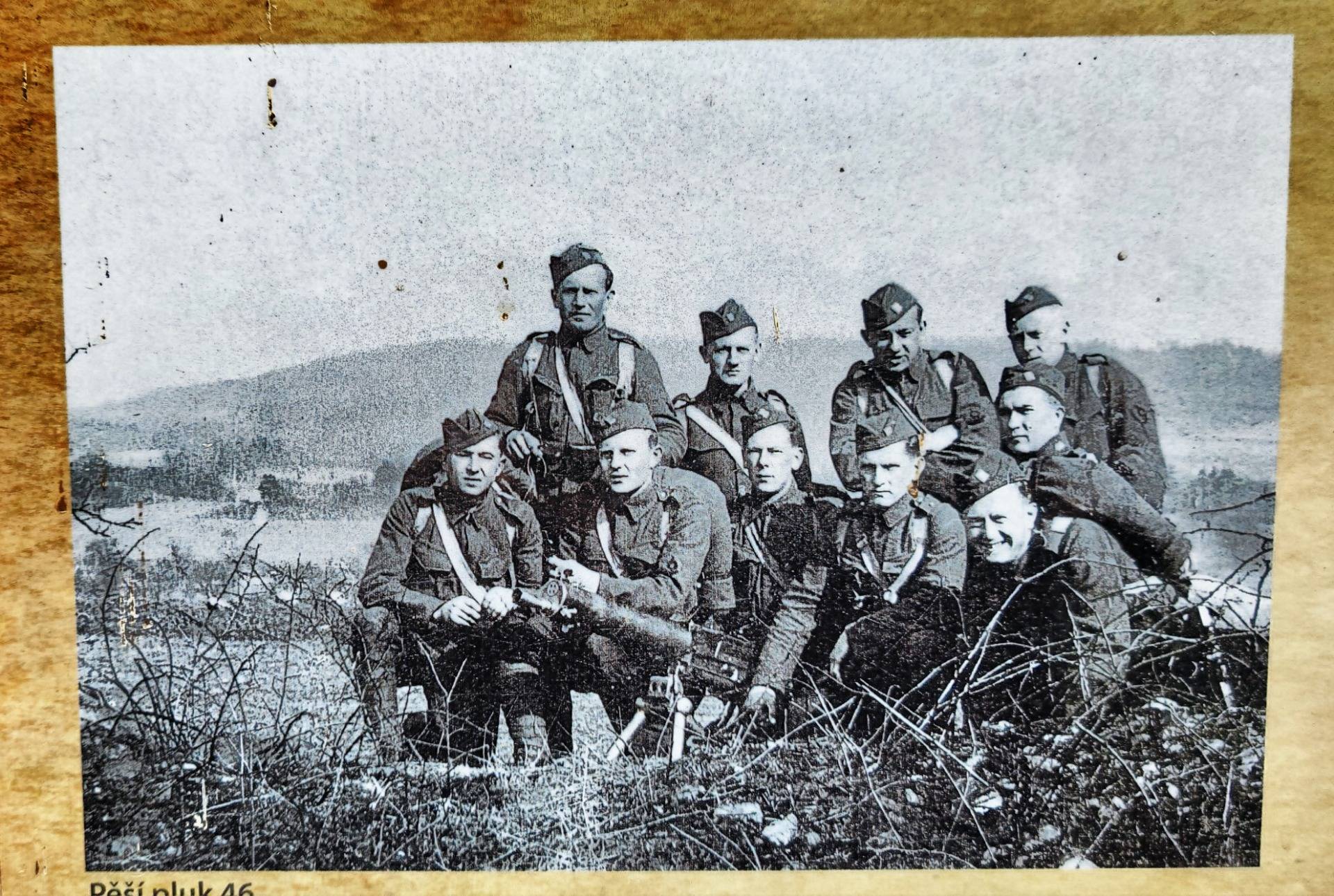
The most widespread was the two-sided type A. This object was built with two fighting compartments. The machine-gun embrasures with cast-iron frames of both rooms were directed to the left and right toward the longitudinal fire of the adjacent line and apron. The fire sector of the guns directed at the fire embankment always extended a few hundred meters in front of the line so that the effective range of the machine guns was used, i.e. 800 to 1,200 meters.
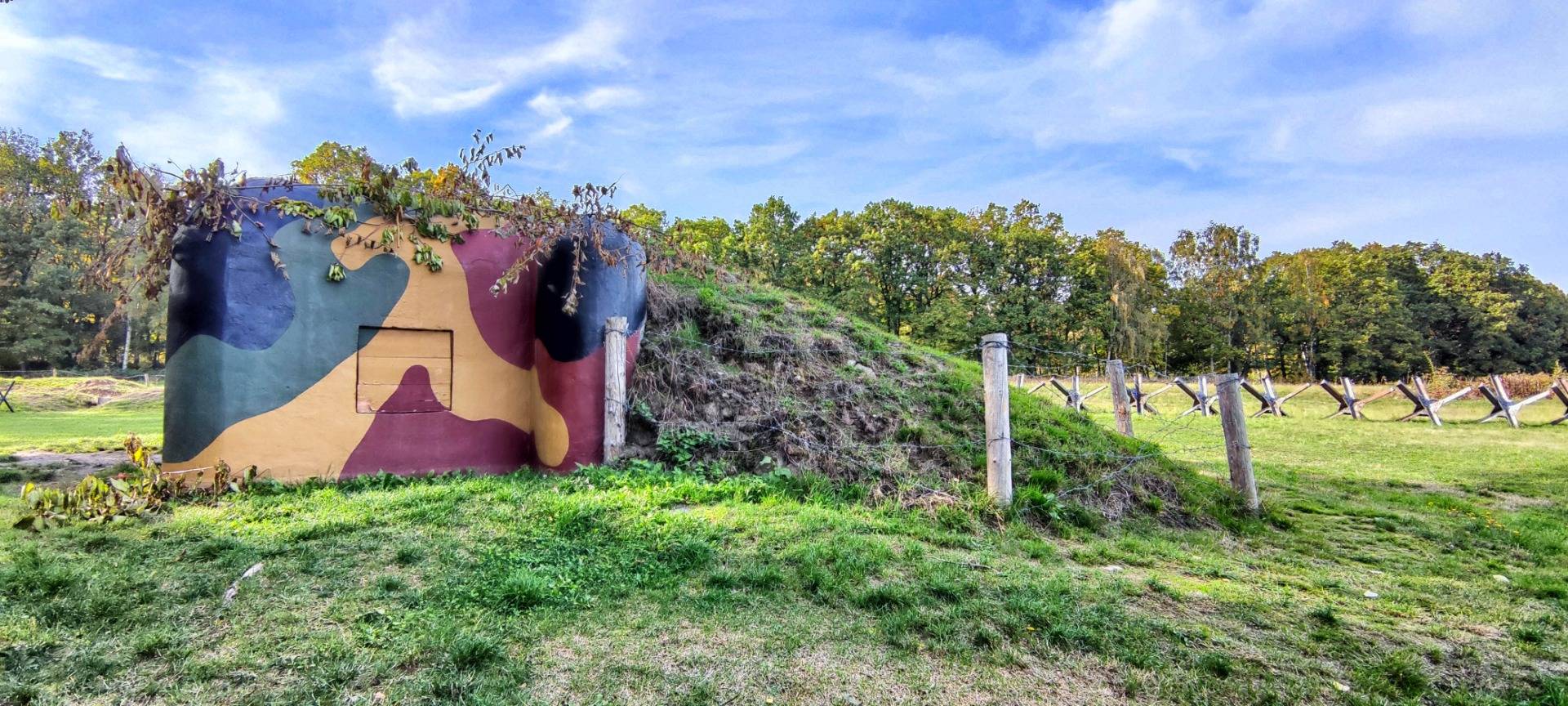
Each object simultaneously protected several adjacent ones with fire. Longitudinal bending or tilting allowed the objects to be positioned as accurately as possible on the sloping terrain, while maintaining the full range of the gunfire.
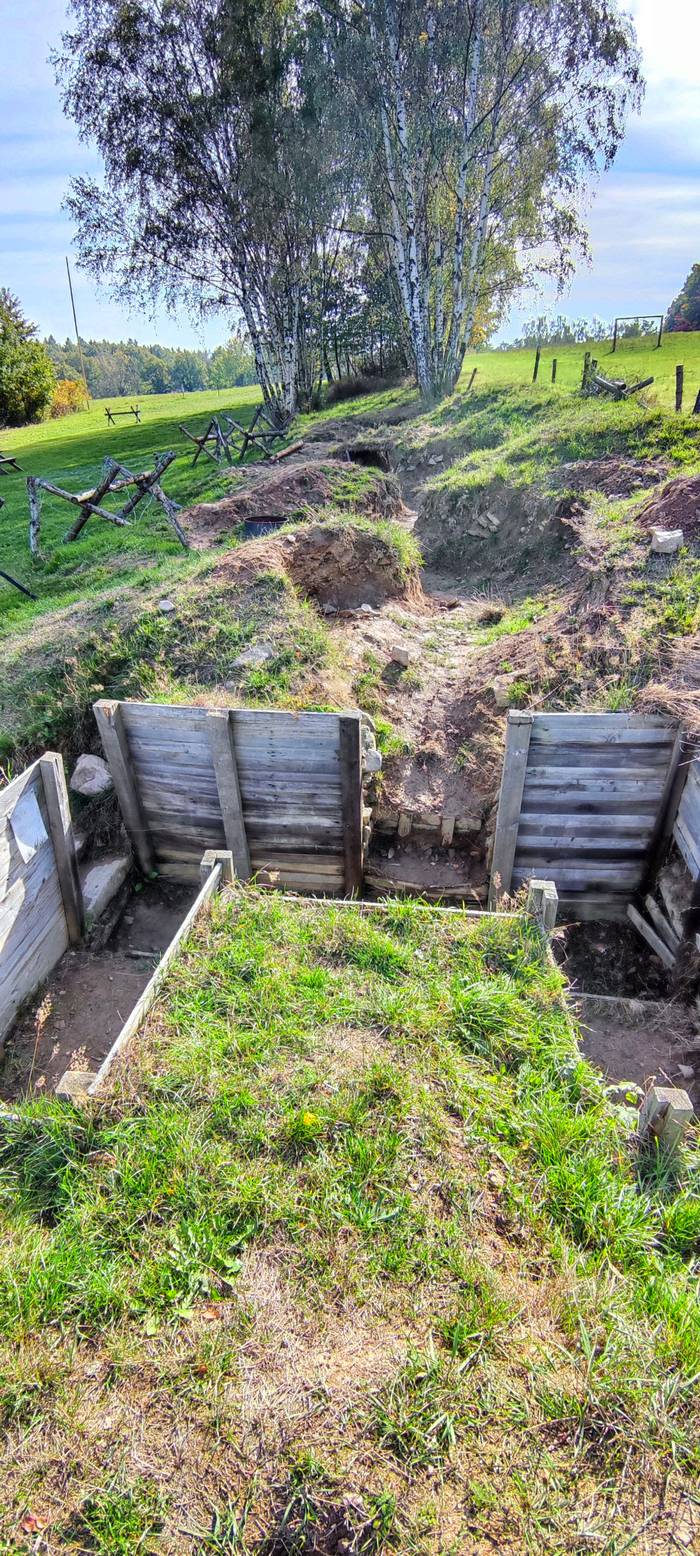
Two different bunkers
From the point of view of resistance, LO vz.37 objects were built in two resistance levels. Objects with so-called normal resistance were to withstand hits from smaller guns. Heavier-duty, reinforced objects resisted fire from bigger guns.
Most of the reinforced A-180-type objects are represented in Chomutovska, located in open areas or in places where heavy enemy artillery fire was expected. Most of them focused on containing the open space between near Prunéřov and Černovice. Others are located near Zaječice and Vrskmaně. The thickness of the front wall of these objects reached 1,20 meters. The most massive front wall of the reinforced building in Chomutovsk measures up to 1,27 meters.
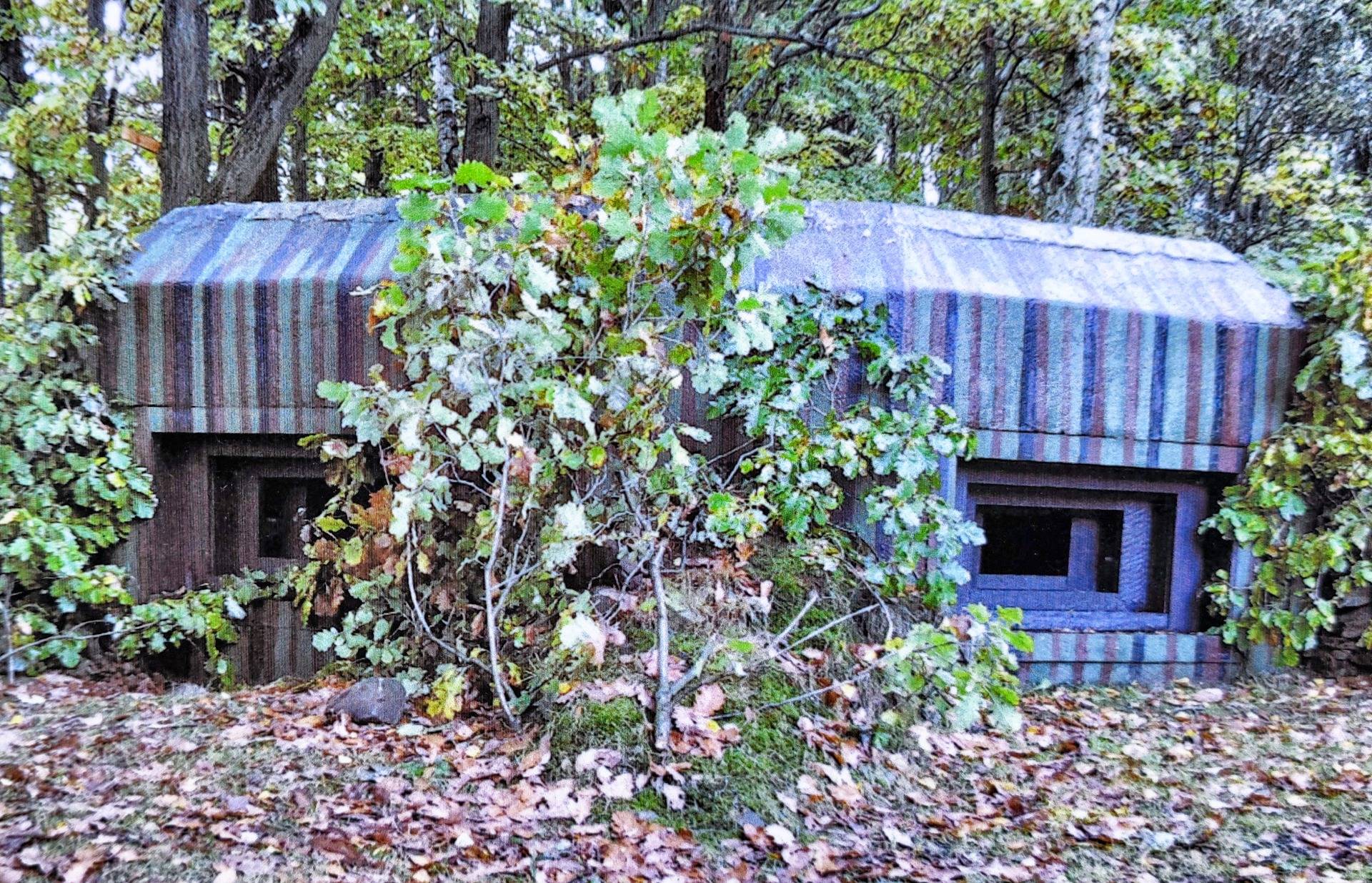
The high level of construction of the bunkers was also reflected in the interior decoration. The basic components of the interior equipment of the objects include a hand-cranked fan with suction pipe, flue gas shutters, fully rotatable and retractable mirror periscopes mounted in the ceiling panels of the objects and heavy weapon mounts. If the attacker threatened the rear parts of the objects, the crews could fire hand grenades from the inside.
Seven men against the attackers
For this purpose, so-called grenade shafts were to be used - sloping, with a slope to the outside of the building, pipes set in concrete with quick-release fasteners.
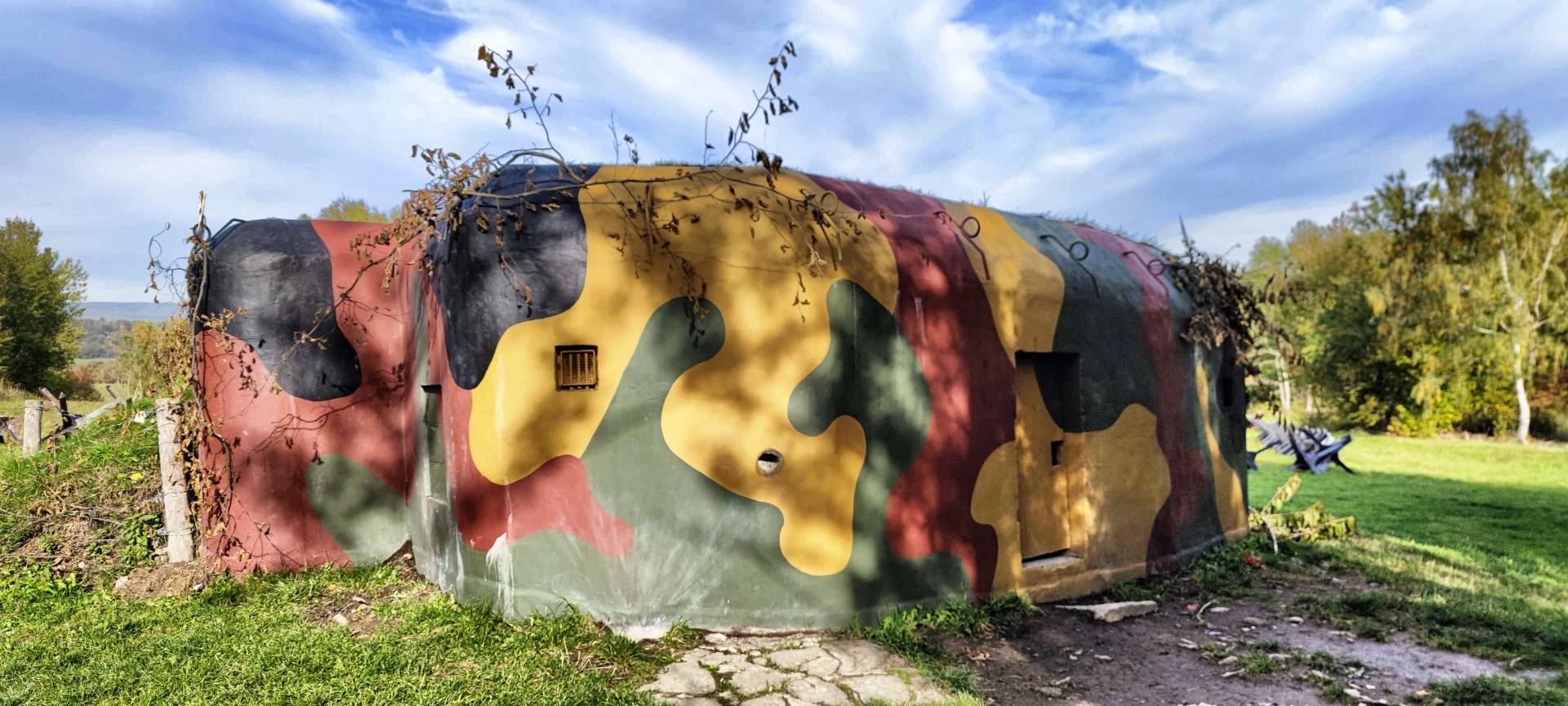
A combat crew of seven men was designated to operate the weapons and equipment of bilateral type A objects. Two acted as machine gunners, the other two served as assistants. However, in the course of 1937 everything changed: initially the bunkers were to be located on the ridge, later objects were moved to the foothills. One hundred bunkers, it was felt, would be enough.
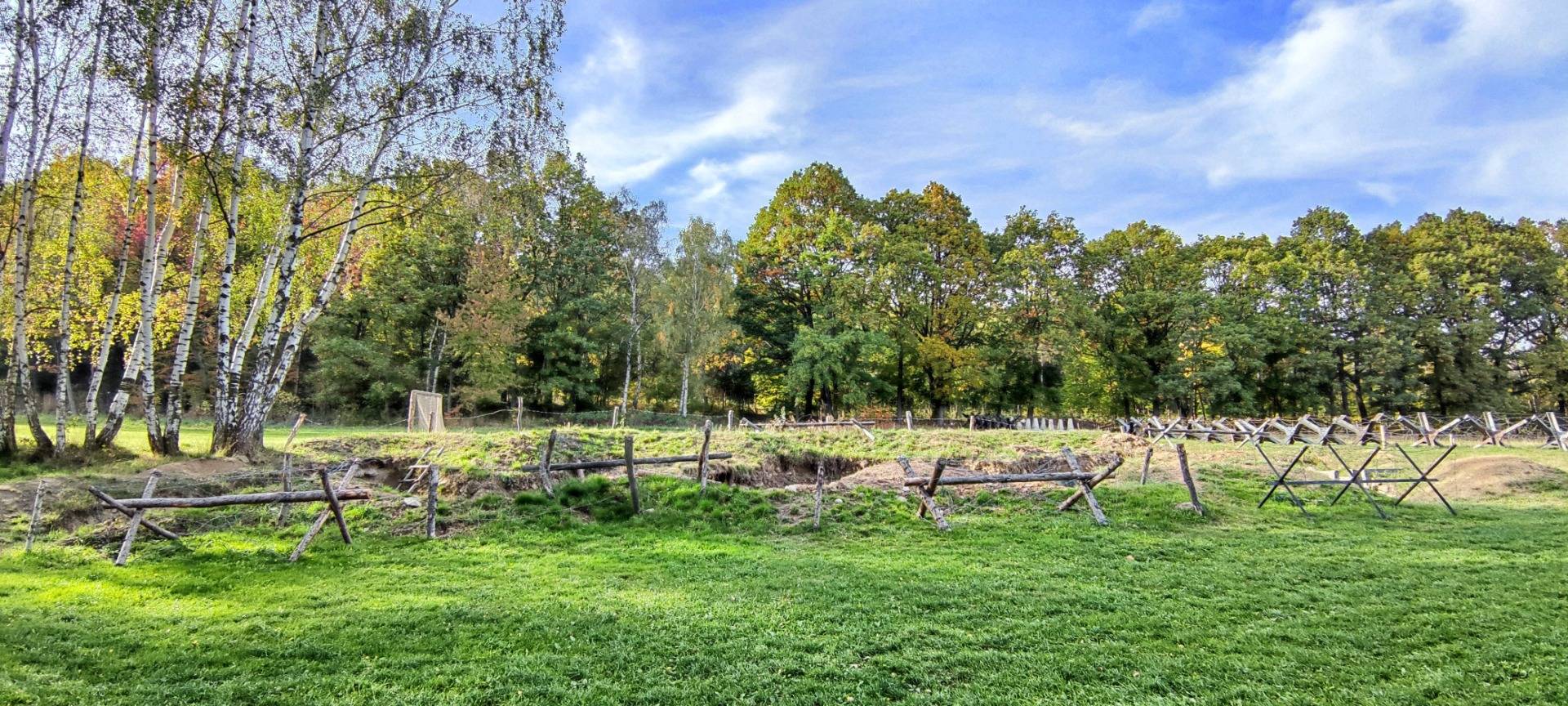
However, the Corps of Engineers built to no avail. When the Germans came, they simply marched in. At six o'clock on March 15, 1939, German Wehrmacht units and SS Verfügungstruppen advanced across the border and reached the capital, Prague, at about nine o'clock. The German army disarmed the Czech army. Hitler left Berlin at eight o'clock, arrived in Prague in the evening, and spent the night on palace Hradcany.
On March 16, he announced that Czechoslovakia had ceased to exist.
Thank you for reading and if you like my work please follow me on Hive, Travelfeed or Steem or visit my homepage koenau.de
A few more pictures:
